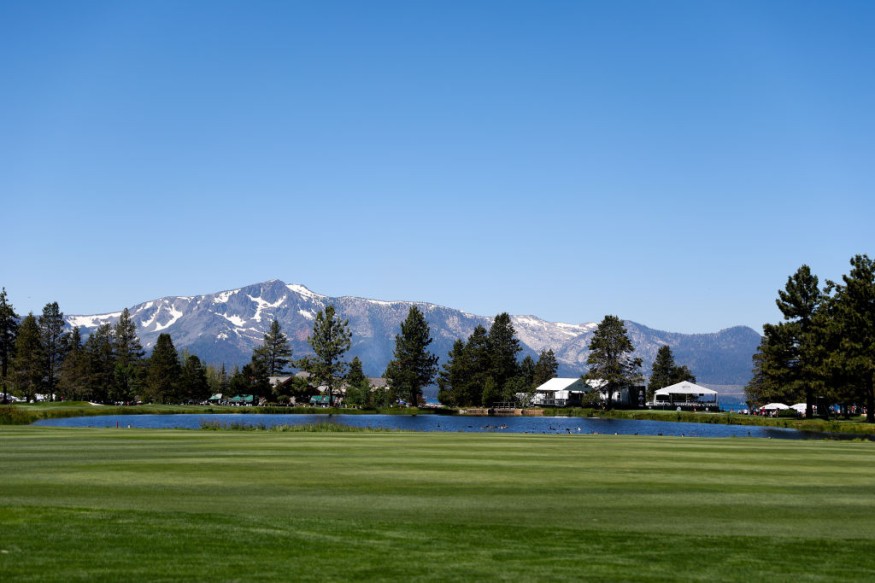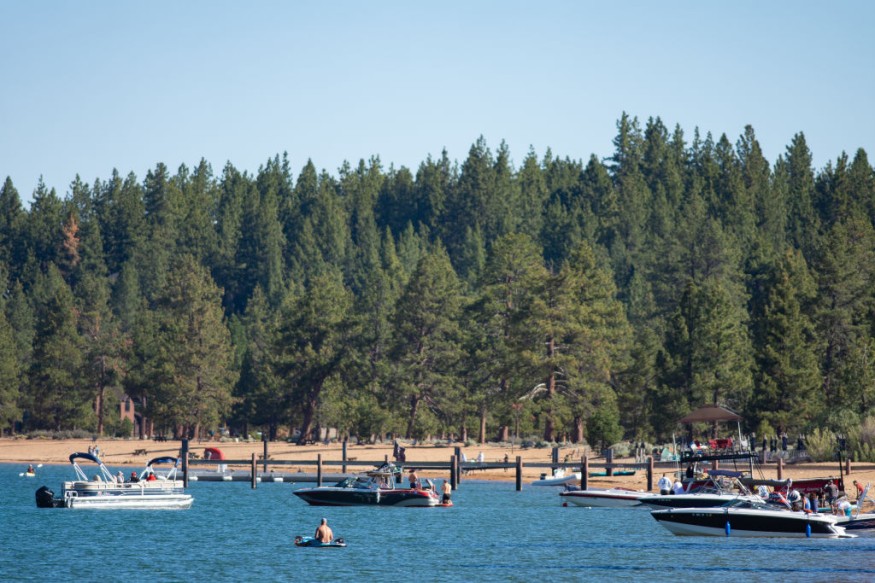Lake Tahoe can likely suffer from climate change, bringing potential heatwaves, drought conditions and snowpack decline.
The lake is rich in beautiful areas and ecological treasures. About 3 million people manage to visit the lake every year.
Lake Tahoe is an iconic and deep lake in the US. It can be found over Northeast San Francisco and parts of the Sierra Mountain Range, serving as a vital water source in California and Nevada
Lake Tahoe: How Can Climate Change Affect the Lake's Health

In 2021, reports raised alarms about the drought conditions in Lake Tahoe due to prolonged drought. In the summer season, the lake is also under threat of invasive species due to increasing water temperatures.
Water quality issues have threatened the lake due to water pollutants, the proliferation of algae and the arrival of invasive species. However, climate change is a pressing concern.
Climate change can unleash extreme weather events. The increasing greenhouse gas emissions can worsen climate change.
In addition, drought can rapidly worsen due to climate change. It can bring hotter temperature concerns and dry conditions, making it more difficult for lakes to recover. The dry vegetation is also favorable to wildfires exacerbated by strong winds.
Last year, the snowpack and rounds of heavy precipitation helped reduce the drought in California and Nevada, including in the Lake Tahoe Basin. The water levels became above normal.
In a new report, researchers studied the Lake Taho snowmelt, temperatures, snowmelt and streamflow. The projected impacts of climate change on the lake can help offer new insights into policymakers for effective protection of Lake Taho from drought and
Researchers highlighted the early adaptation to climate change as the lake is vulnerable to drought and heatwaves. The effects of greenhouse gas emissions can likely increase the warming and temperatures in the lake.
In addition, snowpack changes can also appear due to warming. The less snowfall can contribute to the decline in snowpack.
How Snowpack Helps US Lakes And Reservoirs

Snowpack is crucial in the Western US and North America, especially during winter. It helps restore water and prevent drought conditions in the West, providing supplies for drinking water and irrigation.
However, reports noted the decline of snowpack in the Western US, including in the Northern Rockies, Washington and Oregon. Snowpack was reported shorter from 1982 to 2021.
Snowpack is vital when there is a lack of rain in the region.
Related Article : Global Impact of Extreme Weather Events: Climate Change Can Intensify Frequent Hurricanes, Drought, Wildfires
For more similar stories, don't forget to follow Nature World News.
© 2025 NatureWorldNews.com All rights reserved. Do not reproduce without permission.





